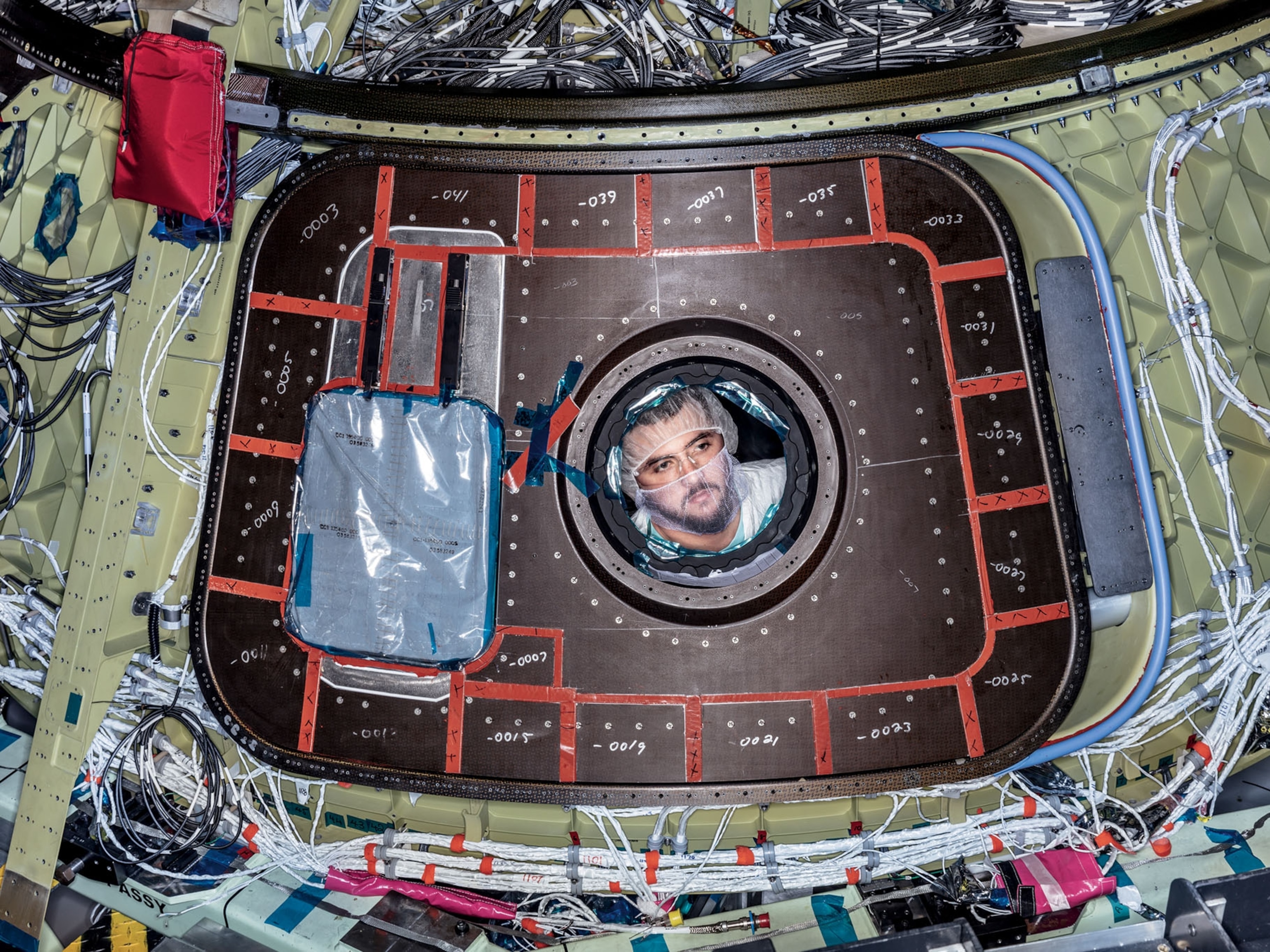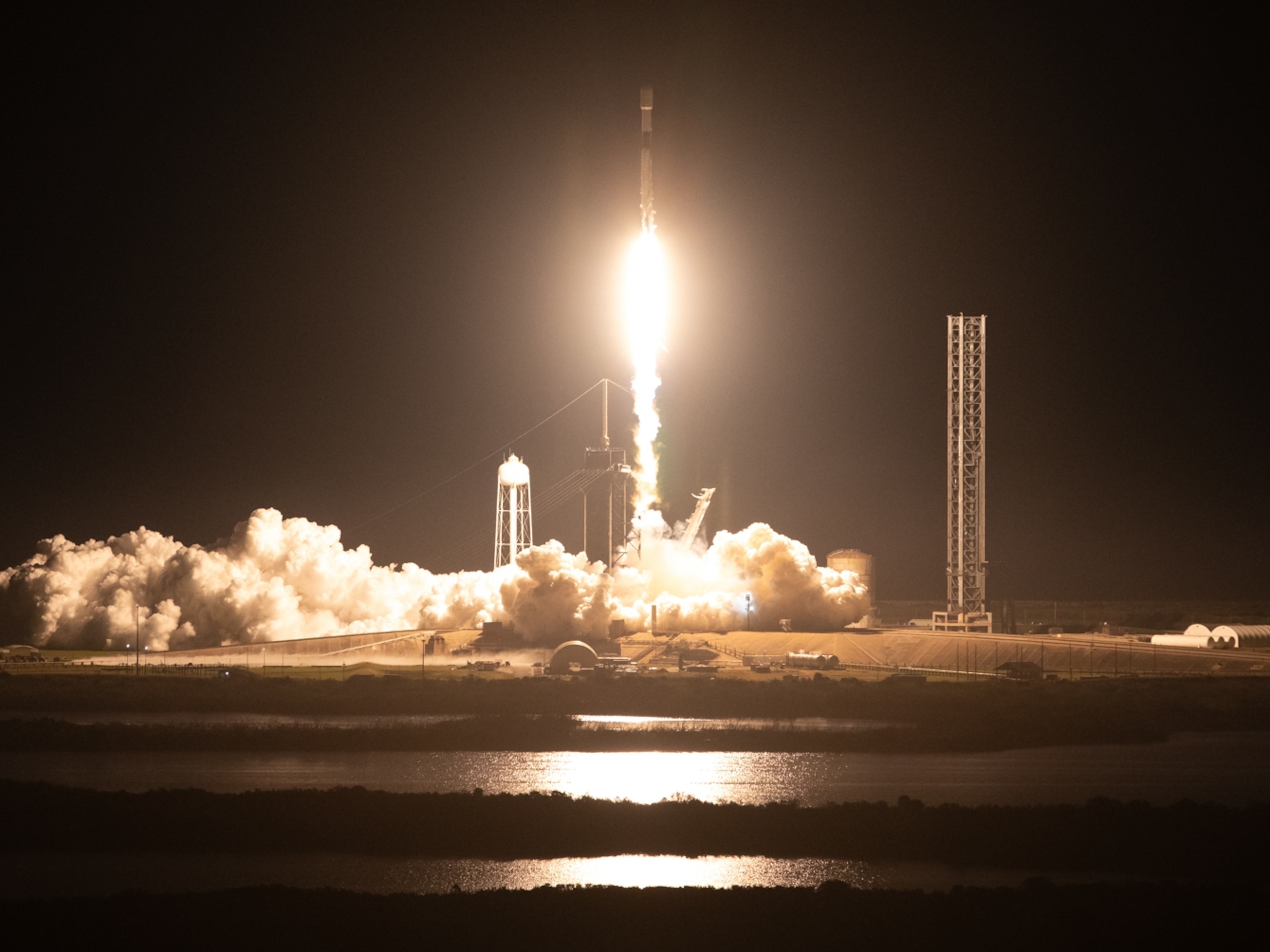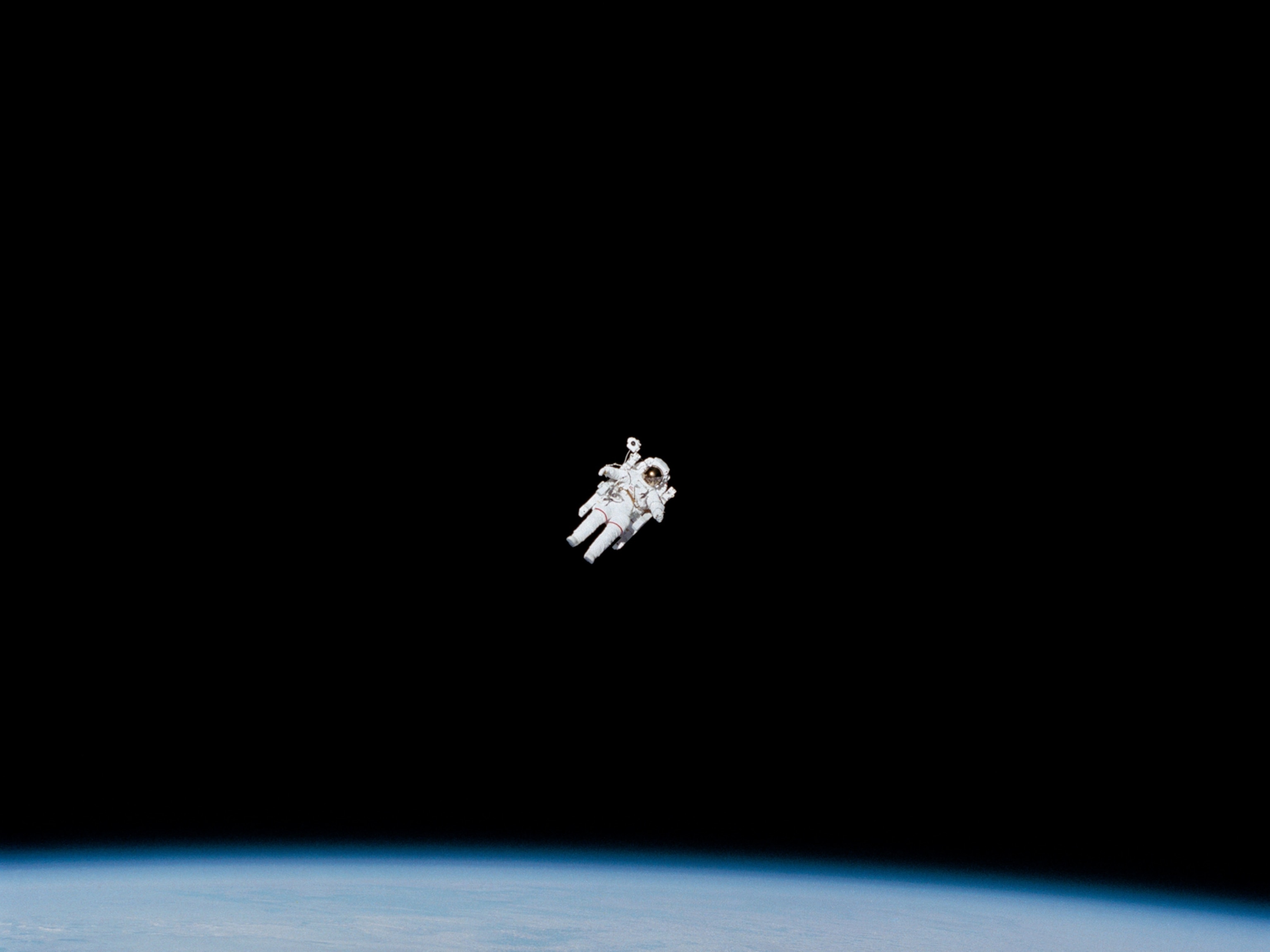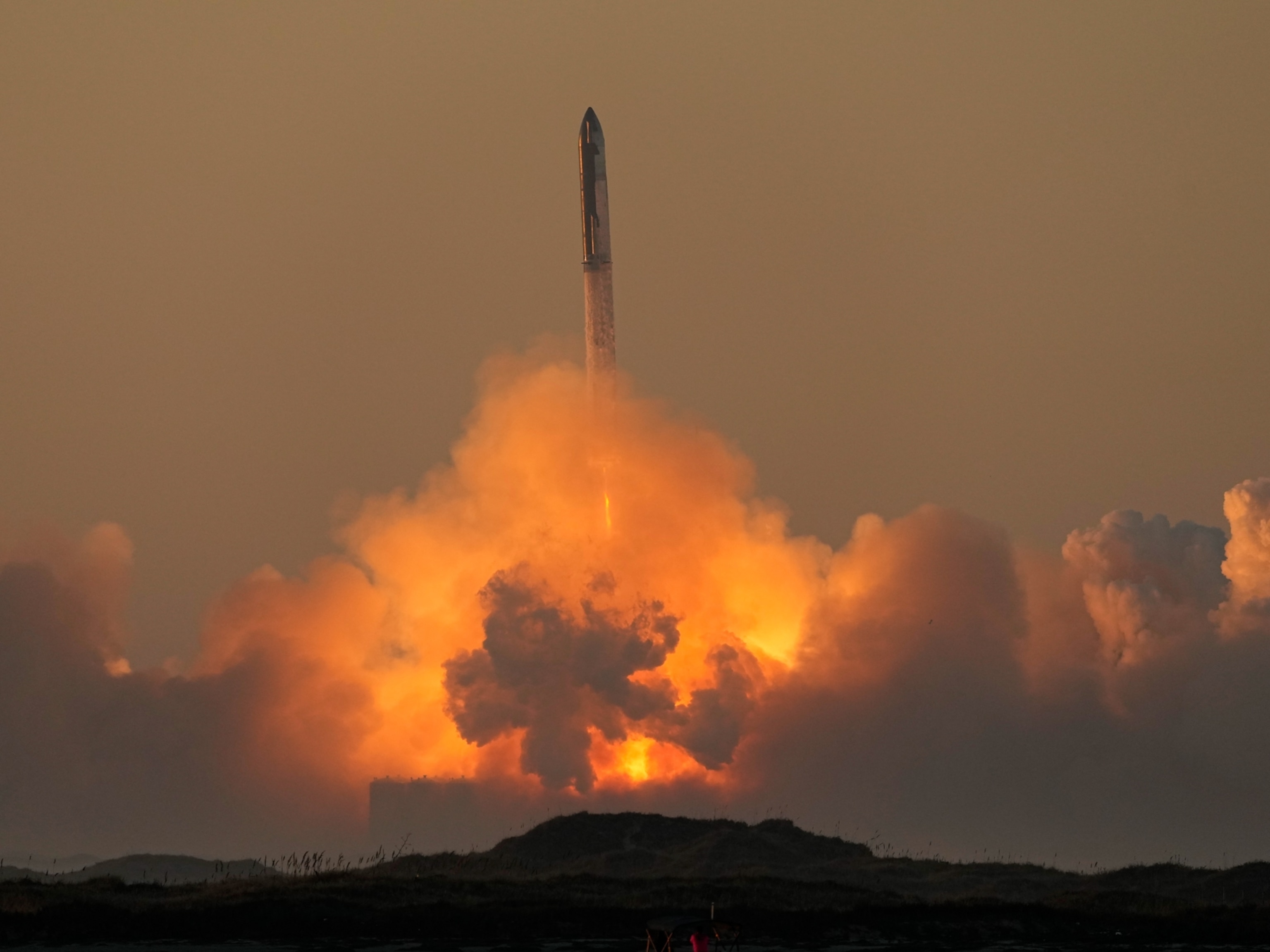Here's who's aiming to land on the moon within the next decade
From governments to grassroots startups, these are some of the most promising players who have announced lunar missions in the coming years.
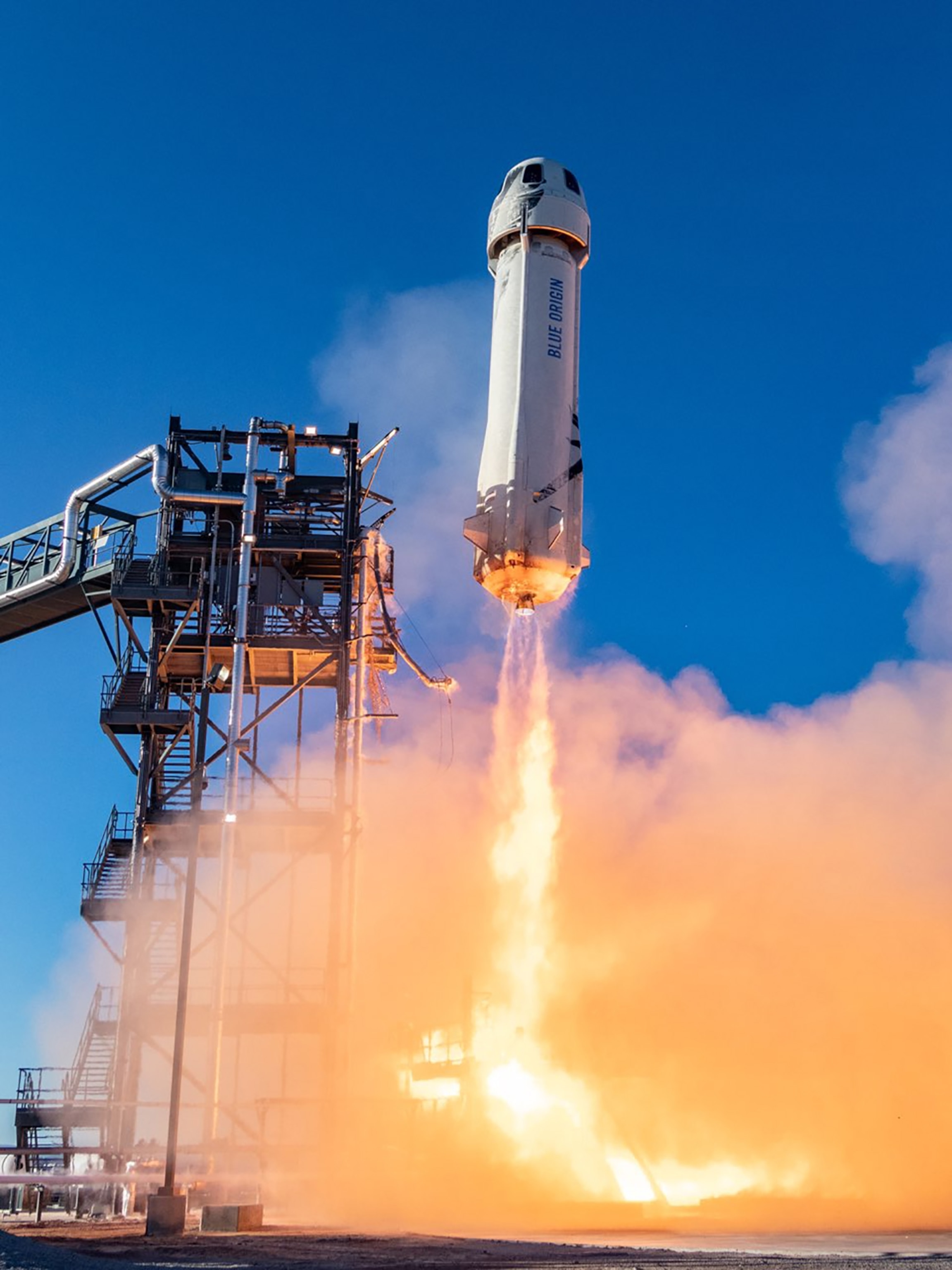
Nearly 50 years after Neil Armstrong, Buzz Aldrin, and Michael Collins completed the first human voyage to set foot on another world, Amazon CEO Jeff Bezos and his spaceflight company Blue Origin have announced a new vision: going back to the moon, this time to stay.
At an invitation-only presentation today at the Walter E. Washington Convention Center, Bezos argued that to sustainably offer humankind the chance for growth, heavy industry has to move off the surface of Earth and rely on resources from the rest of the solar system, such as the minerals and water ice in the lunar south pole's Shackleton crater. (Here's why many space agencies and private groups are looking to visit the moon's south pole.)
“We get to preserve this unique gem of a planet ... There is no Plan B,” Bezos says. “We have to save this planet, and we shouldn't give up a future for our grandchildren's grandchildren of dynamism and growth. We can have both.”
In the short-term, Bezos says companies need to build the necessary space infrastructure, so Blue Origin is working on a robotic lunar lander called Blue Moon—as he revealed onstage, dropping a black curtain to reveal a full-size mockup of the lander.
According to Bezos, Blue Moon is propelled by liquid hydrogen and can precisely land up to 6.5 metric tons of cargo on the moon's surface in its largest configuration. A naval-inspired cargo system will let the lander deliver up to four rovers at once. The company has already signed deals with groups including MIT, the German aerospace firm OHB, and Airbus to develop the project.
Bezos and Blue Origin have not specified when Blue Moon will first take flight. Its launch vehicle, the company's New Glenn rocket, is slated for its first flights in 2021. But Bezos says that the lander's extended version could help take astronauts back to the moon by 2024, which is NASA's current stand goal.
“I love this; this is the right thing to do,” Bezos says. “We can help meet that time line, but only because we started three years ago.”
The company is hardly the only group bent on exploring—or exploiting—the lunar surface. Here are some of the biggest players looking to make their own moon shot in the coming years.
The United States
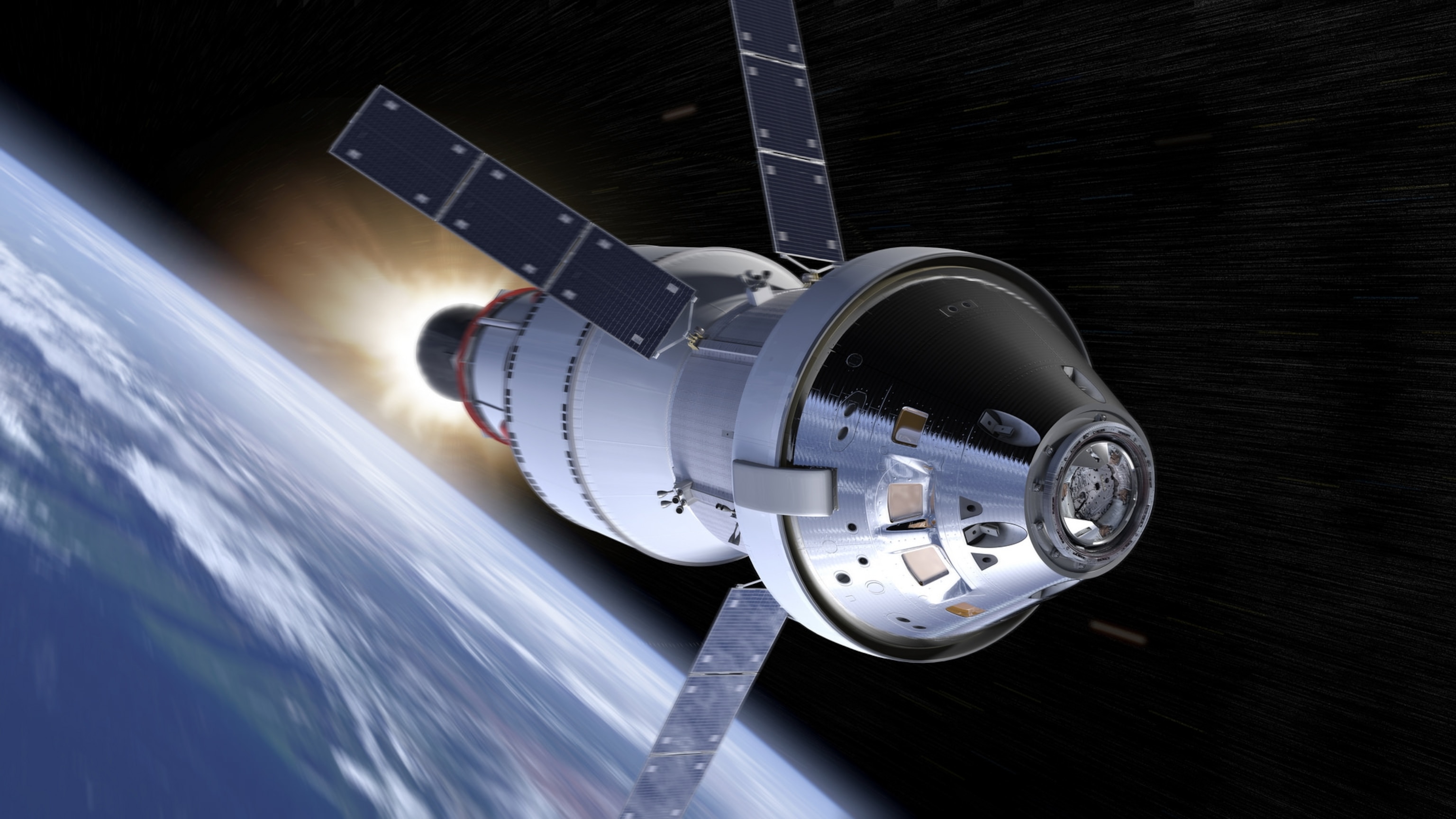
NASA made history with the 1969-1972 Apollo lunar landings, and it is now working toward a return to the lunar surface. In late 2018, the agency approved nine businesses to bid on contracts for sending NASA instruments to the moon. NASA is also leading global calls for a deep-space outpost in lunar orbit called the Gateway. At the same time, the Trump Administration is advocating for a crewed landing near the lunar south pole by the end of 2024, a plan that faces a steep uphill climb amid budgetary concerns.
China
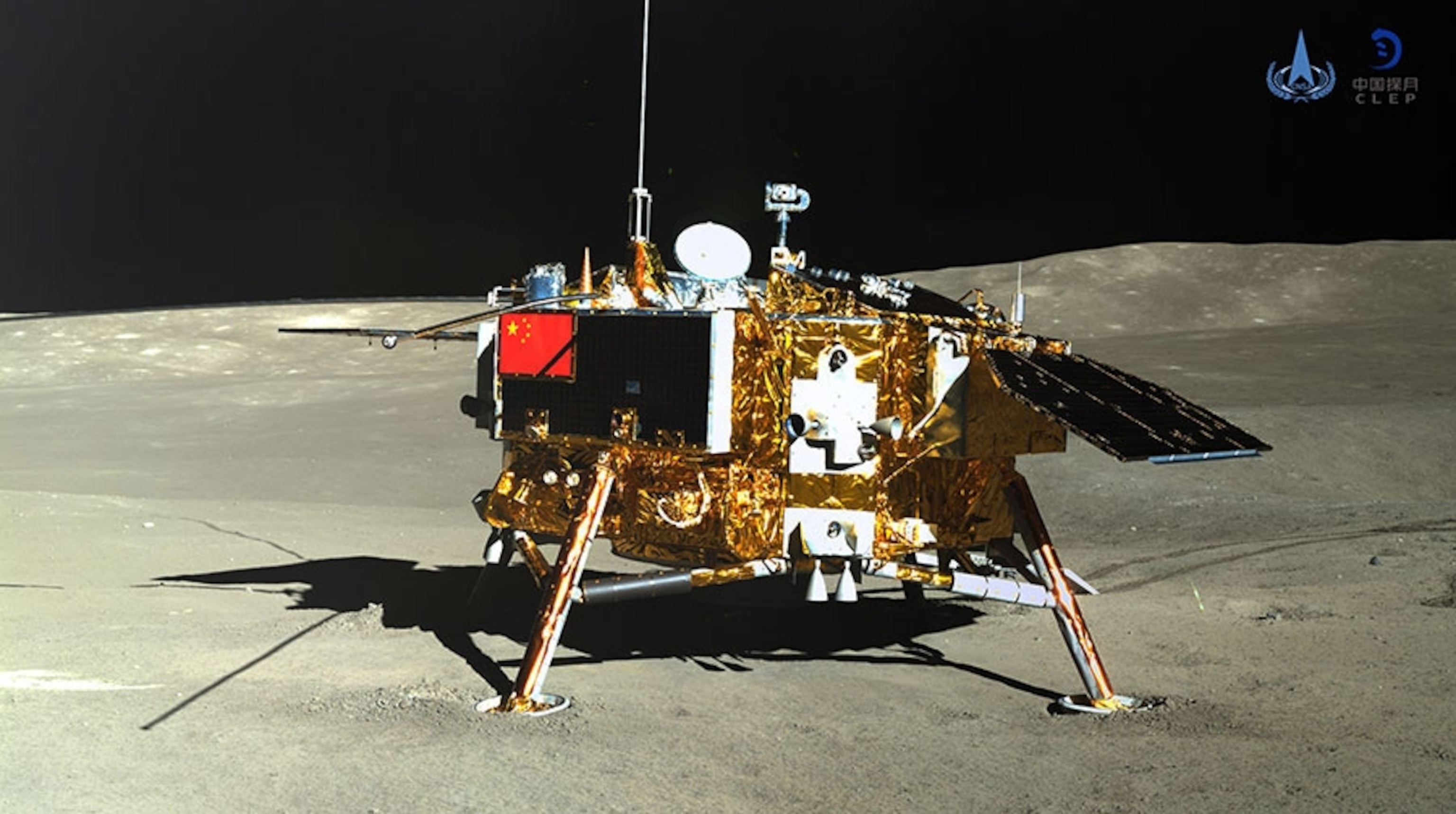
The China National Space Administration (CNSA) is more than a decade into its ambitious Lunar Exploration Program, a phased strategy of putting robots—and eventually humans—on the moon's surface. In 2018, its Chang'e-4 lander became the first spacecraft to land successfully on the lunar far side. Its next mission, Chang'e-5, aims to become the first in more than 40 years to return samples from the moon. And on April 24, CNSA head Zhang Kejian announced that China would build a scientific research station on the moon's south pole in the next 10 years.
India

The Indian Space Research Organization (ISRO) launched its first deep-space mission, Chandrayaan-1, toward the moon in October 2008. The lunar orbiter provided crucial evidence of water's presence in lunar minerals. Now, ISRO is aiming to launch its Chandrayaan-2 mission—an orbiter combined with a lander and rover—in July 2019, with a scheduled landing attempt on September 6. If successful, Chandrayaan-2 will be the first mission to softly land in the moon's highest latitudes.
Russia
Roscosmos, the Russian space agency, and its Soviet predecessors were the first to land softly on the lunar surface in 1966, but the country hasn't been back to the moon since 1976. Despite budget woes and a recent track record of delays and cancellations, Roscosmos is talking a big lunar game. The agency has several robotic landers planned for the 2020s. And in January, agency head Dmitry Rogozin announced Russia's intent to build a new “superheavy” rocket named Yenisei by 2028. The proposed rocket is so large, it is probably being designed with the moon in mind.
Japan
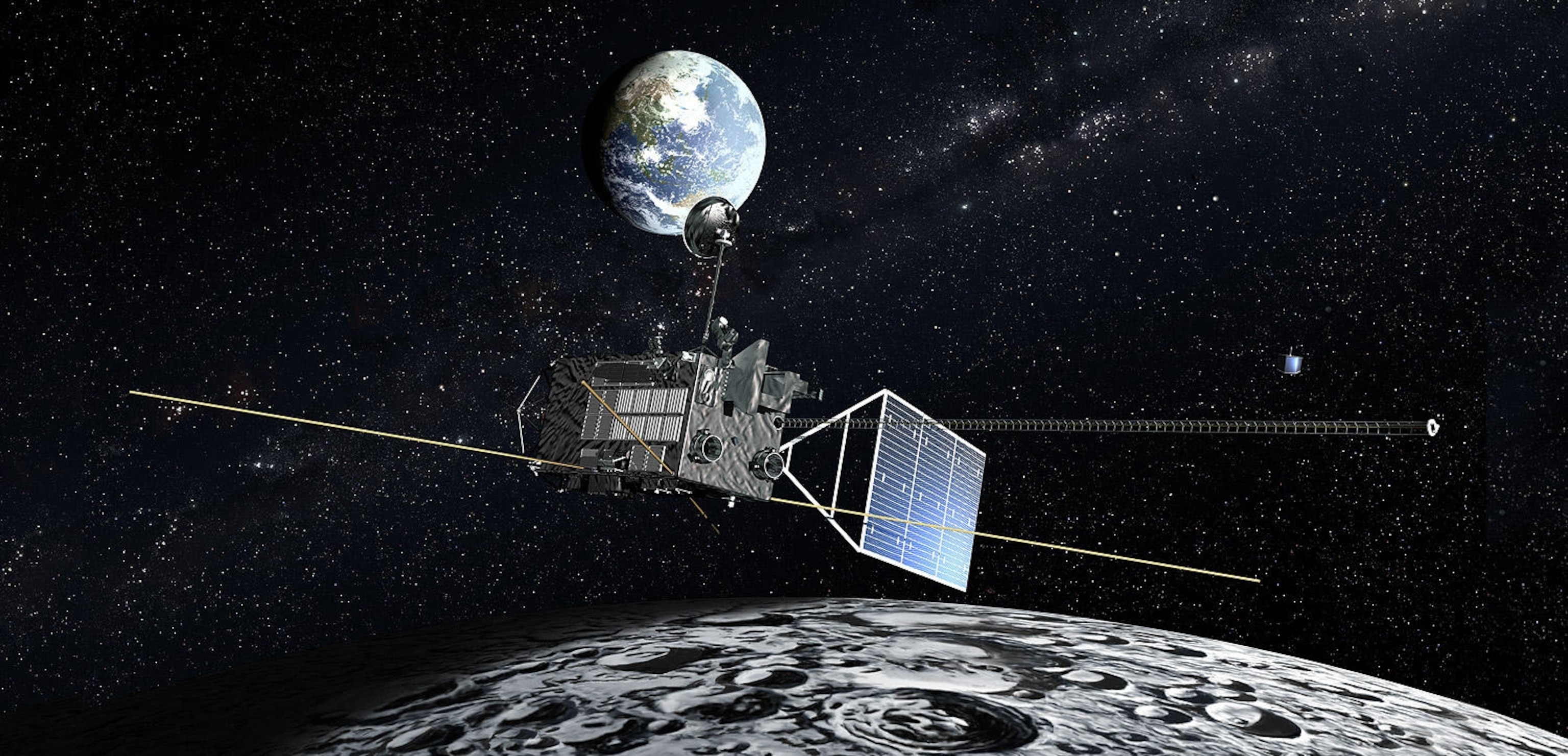
The Japan Aerospace Exploration Agency (JAXA) has been to the moon twice: in 1990, with its Hiten probe, and in 2007, with the Kaguya (SELENE) lunar orbiter. Launching no earlier than 2020, its SLIM mission aims to test new landing technologies and touch down within just 330 feet of its intended target, an as-yet undetermined spot near one of the moon's poles. The agency is also considering a “Resource Prospector” mission to a lunar pole that would launch in the 2020s.
South Korea

The Korea Aerospace Research Institute (KARI) is gearing up for its first lunar mission, the Korea Pathfinder Lunar Orbiter (KPLO). The satellite will carry several instruments, including a highly sensitive “ShadowCam” built by NASA. SpaceX is slated to launch the orbiter no earlier than the end of 2020.
Europe
In 2016, European Space Agency director general Jan Woerner publicly endorsed the concept of a “Moon Village”: a diverse global group of lunar explorers, public and private, that agree to coordination mechanisms and common standards. ESA and other partners in the International Space Station, including the Canadian Space Agency, Roscosmos, and JAXA, have declared their support for the lunar Gateway concept being championed by NASA. And by the end of 2019, ESA probably will have a finalized plan for future robotic lunar missions.
SpaceX
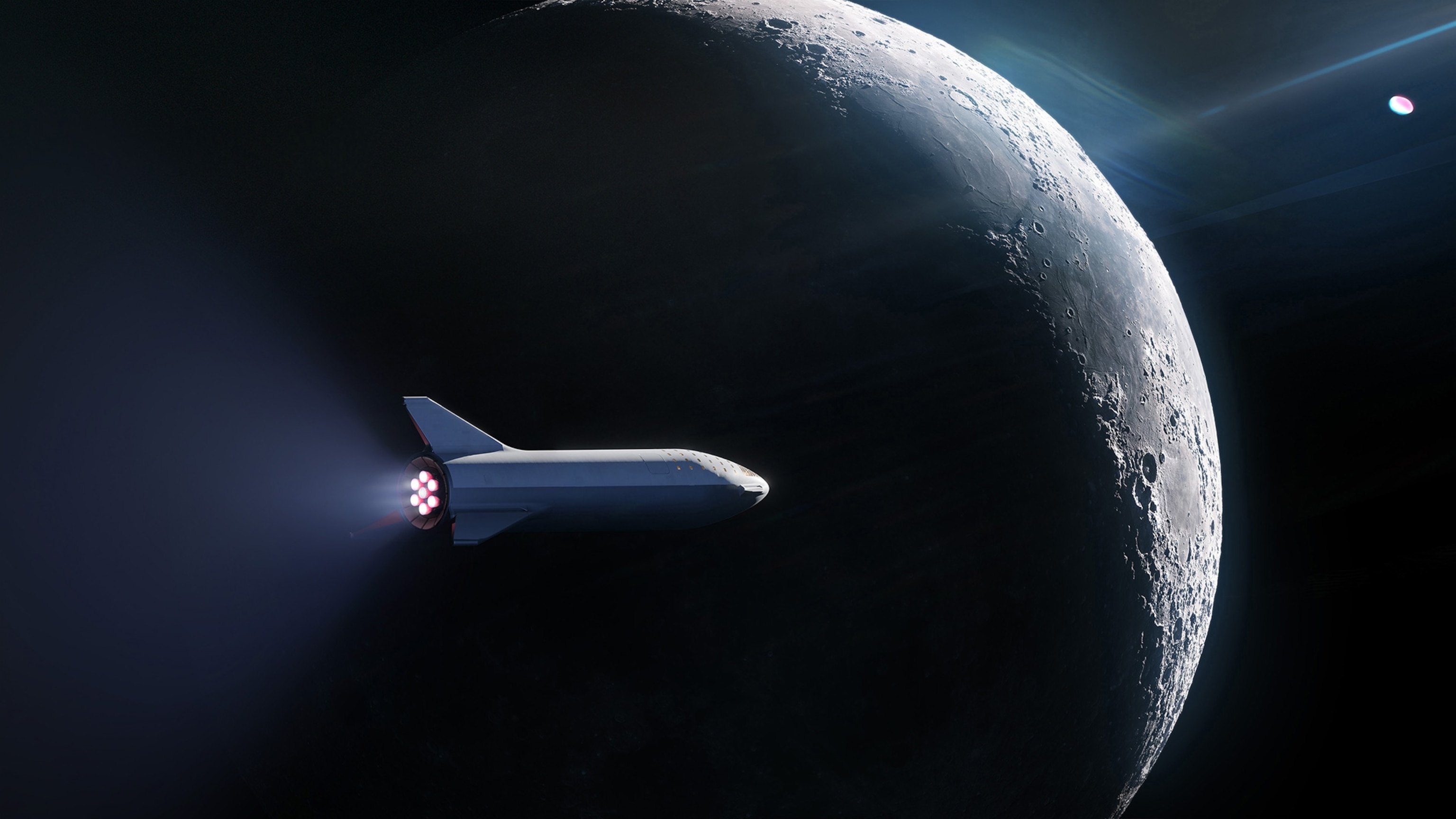
The private space company has long set its sights on Mars, but the moon is also on its to-do list. No earlier than 2023, The dearMoon project—founded and funded by Japanese billionaire Yusaku Maezawa—says it will place an international group of artists aboard SpaceX's Starship rocket and send them on a six-day lunar flyby.
Other Private Startups

Former Google Lunar XPrize finalists and other startups are making moves in the moon's direction, too. In February 2019, a SpaceX Falcon 9 rocket launched Beresheet, the near-successful lunar lander built by the Israeli nonprofit SpaceIL, which is now preparing to build Beresheet 2.0. The private U.S. company Moon Express is targeting the lunar south pole's well-lit "peaks of eternal light" for its landing sites. And German startup PTScientists—which has teamed up with Audi and Vodafone to build lunar landers and rovers—announced on May 8 that it has entered a long-term agreement with European aerospace firm ArianeGroup, which builds the Ariane rockets frequently used by the European Space Agency. The firms' pact has ESA's blessing.

